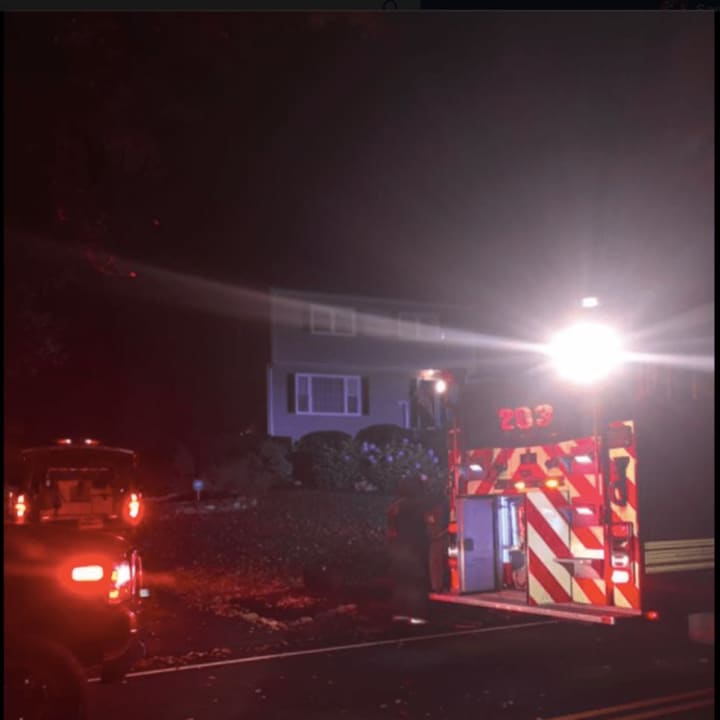According to a post on the Monroe Volunteer Fire Department's Facebook page, the residents were not home at the time. But when firefighters arrived at about 8:45 p.m. Saturday, they identified an odor in the backyard consistent with an oil furnace malfunction.
When firefighters entered the home, gas detection meters detected carbon monoxide levels of 450 parts per million — a level that can cause severe illness after one to two hours of exposure.
Carbon monoxide is an invisible, colorless and odorless gas generated when fossil fuels burn incompletely. Lengthy exposure can be deadly.
Firefighters from the Monroe and Stepney Fire Departments donned breathing apparatus, shut off the furnace and ventilated the home for over an hour.
It was later determined that the oil burner experienced an internal catastrophic failure, leading to a sudden release of highly elevated levels of carbon monoxide.
The homeowner left a comment on the Monroe Volunteer Fire Department’s Facebook page stating, “Thanks so much for coming to our house tonight. High levels of carbon monoxide detected by ADT and you came to the rescue!!!”
Firefighters said the incident stresses the need for every resident to have working carbon monoxide detectors on each level of the house, including outside of the bedroom areas, and to evacuate and call the fire department if an alarm is sounding.
Carbon monoxide mixes with the bloodstream and impedes the blood’s ability to carry oxygen to vital organs. It can begin to cause nausea, headache, dizziness and difficulty breathing that can lead to unconsciousness and death.
Common causes of high levels of carbon monoxide in households can be oil or gas heating equipment, gas appliances, blocked chimney flues or exhaust from vehicles or gas-powered equipment running in or close to a home.
Click here to follow Daily Voice Trumbull-Monroe and receive free news updates.


